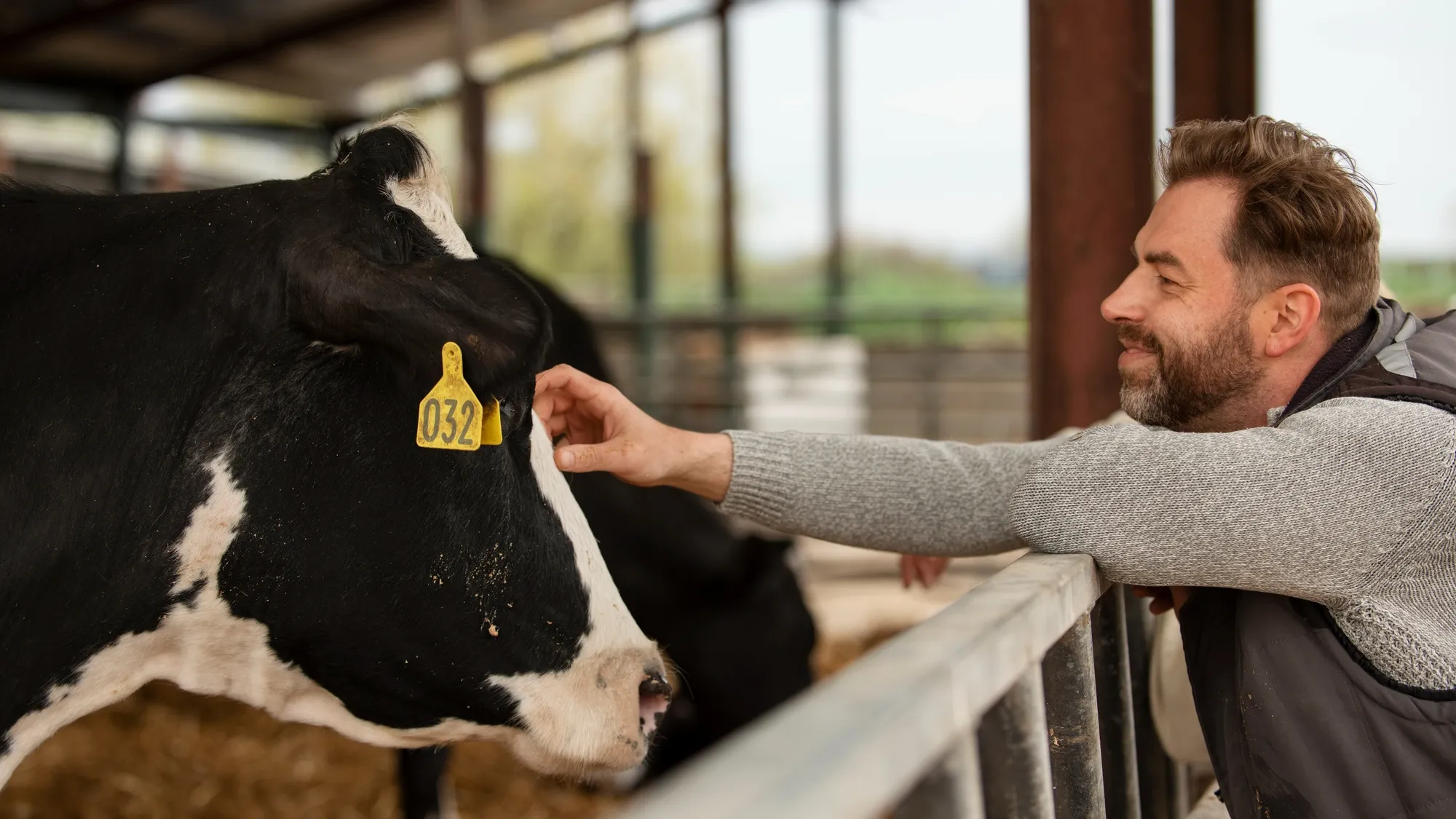A Comprehensive Study on the Immune Status of Dairy Cows During the Periparturition Period
As the dairy industry continues to evolve, particular attention is being paid to the health and welfare of dairy cows, especially around the critical period of calving. A noteworthy study published in *The Journal of Reproduction and Development* sheds light on the immune status of dairy cows during the periparturition period— the time surrounding calving. This article delves into the intricate details of the research and its significant findings that might redefine the approach to managing immunity in dairy cows during this stressful phase.
The Periparturition Period: A Time of High Stress
Calving, while essential for milk production, emerges as a remarkable stressor for dairy cows. This stress can compromise the immune system, making cows more susceptible to infections and metabolic disorders that can affect their health and productivity. Understanding and managing the immune status of cows during this period could lead to significant improvements in animal welfare and dairy farm economics.
The Study
Researchers Bai Hanako H., Shabur Talukder Md Abdus T., Kunii Hiroki H., Itoh Tsukino T., Kawahara Manabu M., and Takahashi Masashi M. from the Research Faculty of Agriculture at Hokkaido University embarked on an investigation into the immune functions of peripheral blood mononuclear cells (PBMCs) in periparturient cows. Their study, “Evaluation of the immune status of peripheral blood monocytes from dairy cows during the periparturition period,” has been critical in adding to the limited but growing body of work on bovine immunology specific to this period.
DOI: 10.1262/jrd.2018-150
PMID: 31061297
PMC: PMC6708849
Methodology
The researchers collected blood samples 24 hours before and after calving, as well as one week post-calving, to assess the PBMCs for immune response and cytokine gene expression patterns. Two critical markers, CD4 and CD8, alongside inflammatory cytokine genes like IFNG (interferon gamma) and TNFA (tumor necrosis factor alpha), were evaluated.
Findings
The study found that non-stimulated PBMCs remained consistent in their proliferation, while the immune response of PBMCs post-calving indicated a significant surge when compared to their pre-calving state. Notably, after calving, CD4, and CD8 levels displayed a downtrend, suggesting an alteration in T-cell populations. The inflammatory cytokine TNFA revealed an upsurge post-parturition.
Implications of the Findings:
1. Weakened Pre-calving Immune Response: The immune response of cows pre-delivery was weakened, even after ConA (concanavalin A) stimulation. This suggests that proactive measures may be needed to bolster the cow’s immune defenses prior to calving.
2. Alteration in Immune Cell Gene Expression: The decrease in CD4 and CD8 post-calving points toward potential immune suppression or regulation that might expose dairy cows to infectious threats.
3. Inflammation Post-parturition: The increased expression of TNFA post-calving indicates an inflammatory response that could be part of the body’s natural healing process or a sign of underlying issues.
Recommendations for Dairy Farmers and Veterinarians
Based on the study’s outcomes, there is a clear need for close monitoring of dairy cows’ immunity during the periparturition period. Personalized nutrition, stress management, and targeted therapy may help mitigate the immunity gap observed during this time.
Future Research Directions
Further studies are essential to understand the underlying mechanisms influencing the shift in immune response. Also, interventions to strengthen the immune status during the transition period warrant investigation.
Keywords
1. Dairy Cow Immunity
2. Calving Period Management
3. Bovine Immunology
4. Periparturition in Cows
5. PBMCs in Dairy Cattle
Conclusion
The findings from the study published in The Journal of Reproduction and Development beckon a reevaluation of the strategies employed in managing the health of dairy cows during the vulnerable periparturition period. By enhancing our understanding of the immune system changes during this time, the dairy industry can develop better management practices ensuring healthier cows and improved dairy production.
References
1. Bai, H. H., Talukder, M. A. S., Kunii, H. H., Itoh, T. T., Kawahara, M. M., & Takahashi, M. M. (2019). Evaluation of the immune status of peripheral blood monocytes from dairy cows during the periparturition period. The Journal of Reproduction and Development, 65(4), 313-318. https://doi.org/10.1262/jrd.2018-150
2. Trevisi, E., & Minuti, A. (2018). Assessment of the innate immune response in the periparturient cow. Research in Veterinary Science, 116, 47-54. https://doi.org/10.1016/j.rvsc.2017.11.018
3. Sordillo, L. M., & Aitken, S. L. (2009). Impact of oxidative stress on the health and immune function of dairy cattle. Veterinary Immunology and Immunopathology, 128(1-3), 104-109. https://doi.org/10.1016/j.vetimm.2008.10.305
4. Kehrli, M. E. Jr., Nonnecke, B. J., & Roth, J. A. (1989). Alterations in bovine lymphocyte function during the periparturient period. American Journal of Veterinary Research, 50(2), 215-220. PMID: 2719383
5. LeBlanc, S. (2010). Monitoring metabolic health of dairy cattle in the transition period. Journal of Reproduction and Development, 56(Suppl), S29-S35. PMID: 20629214
